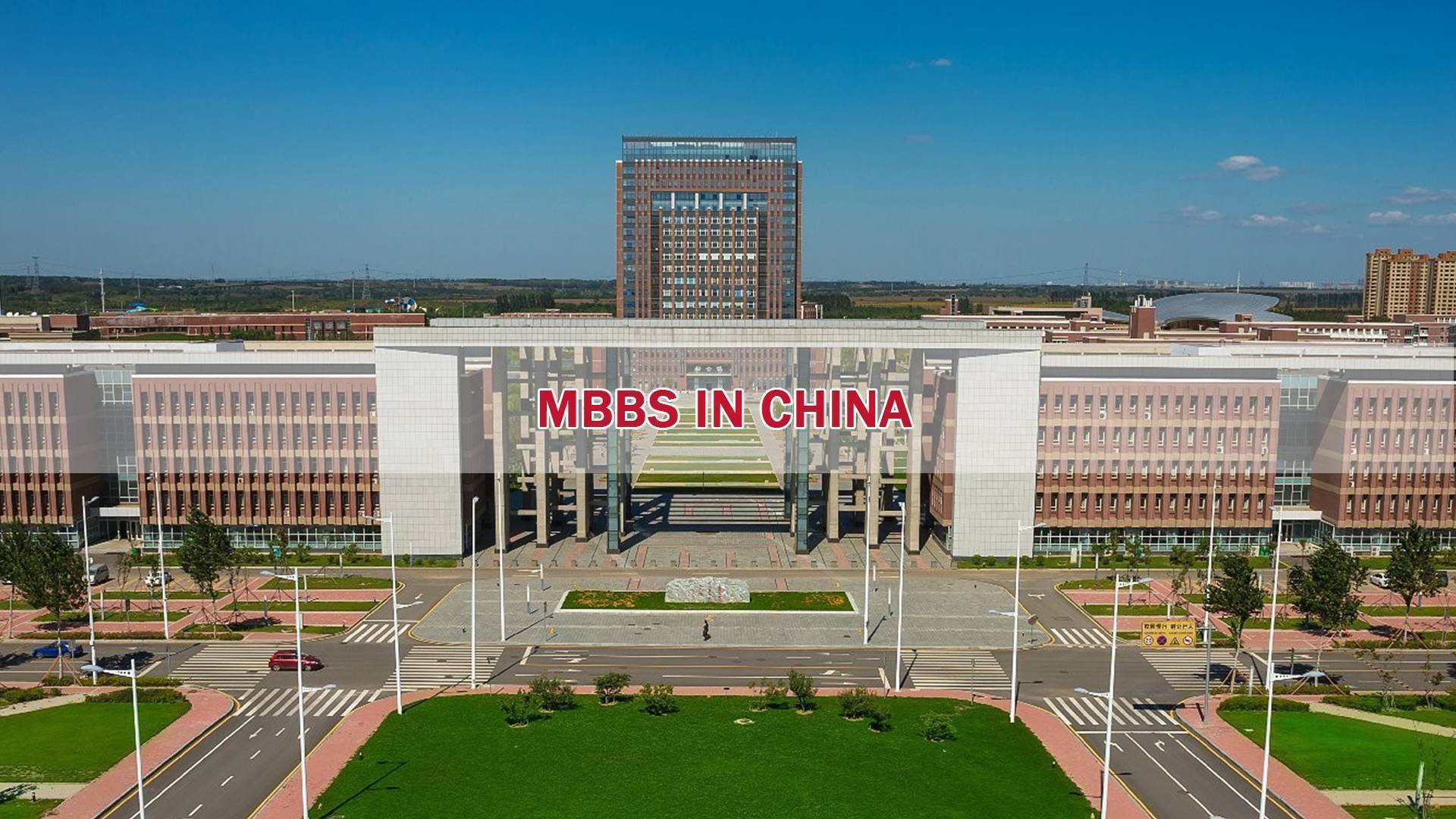The “K” talent pathway can be transformative for international medical students in China. It creates clearer post‑study options to remain for clinical internships, residency‑adjacent training, or hospital/healthtech roles, especially in cities with talent‑attraction programs.
Below we outline eligibility signals, the X→K transition, internship/residency implications, and practical steps to build a competitive profile.
Who qualifies? Core signals for medical students
- Accredited MBBS/clinical degree from a Chinese university (or joint program) with solid GPA.
- Clinical training track records: rotations, skills logbook, dean/mentor references.
- Language readiness: HSK for Chinese clinical environments; English for international units.
- Talent anchors: publications, competition awards, patents, or healthtech project outcomes.
X→K pathway and timeline
- Before graduation: align internships with hospitals or healthtech firms that support talent applications.
- Graduation window: prepare notarized degree, transcript, internship proof; check city talent bureau criteria.
- After graduation: convert residence permit with employer or talent program support; keep health check and police registration current.
Pair this with our Student Visa (X1/X2) guide and K Visa for STEM talent to understand documentation and timelines.
Internship and residency considerations
Policies differ by city and hospital. Many teaching hospitals can host international trainees with valid permits and supervision. For long‑term clinical practice eligibility, review licensing rules in your home country and China; some graduates pivot to clinical research, public health, medical AI, or device regulation roles while building credentials.
City programs and where the K pathway shines
- Tier‑1/1.5 cities (e.g., Beijing, Shanghai, Shenzhen, Hangzhou) with strong hospital networks and healthtech ecosystems.
- Medical clusters with university‑affiliated hospitals and biotech parks.
- Programs that recognize international achievements and bilingual capability.
Documents checklist (typical)
- Passport, visa/residence‑permit pages, latest entry stamp
- Degree certificate and transcripts (notarized if required)
- Internship/rotation proof with department and supervisor info
- CV highlighting clinical skills, languages, research/awards
- Employer/talent‑program support letter (if applicable)
- Non‑criminal record and health check (local policy dependent)
- Housing registration (PSB) and up‑to‑date contact details
Always verify the latest city‑level list with the local talent bureau or hospital HR before submission.
Sample timeline (illustrative)
- Month 0–2: Secure internship in target department; start HSK upgrade/medical Chinese.
- Month 3–4: Produce a case report or QI outcome; collect supervisor references.
- Month 5: Confirm employer/talent‑program sponsorship; prepare notarizations.
- Month 6: Submit conversion package; maintain valid residence and PSB registration.
Pair this with the overall visa flow in China Visa System (2026).
Compliance and common pitfalls
- Scope of practice: training vs. independent clinical practice—follow hospital and city rules.
- Residency/licensing: long‑term clinical practice may require separate licensing pathways.
- Document freshness: police record, health check, housing registration often have validity windows.
- Language mismatch: departments may require practical medical Chinese beyond HSK scores.
- Late renewals: avoid last‑minute submissions; buffer for city review cycles.
Build a competitive medical portfolio
- Clinical exposure: secure rotations in depts aligned to your post‑study path.
- Outcomes: co‑author case reports or QI projects; present at student congresses.
- Language: HSK progression or medical Chinese modules; OSCE‑style communication practice.
- Healthtech: collaborate on AI/med‑device validation or data projects with clear deliverables.
- Networking: faculty mentors, hospital HR, city talent bureaus.
FAQ for medical students
Does K visa guarantee residency slots?
No. K improves post‑study stay options but residency and licensing are separate processes.
Can I switch from X to K without an employer?
Most cases require either an employer sponsorship or eligibility under a city talent program.
Will English be enough?
Clinical roles commonly require working medical Chinese; strengthen HSK and clinical communication.
What if I pivot to research or healthtech?
That can align well with talent programs; document measurable outcomes and supervisor references.
